Lake Maracaibo: Lightning Capital of the World (297 Days a Year)
How do you feel about thunder and lightning? If you are like me, you will open the curtains wide and pull up a chair to watch the show. You may even wonder where to travel to catch the best lightning show in the world. In this article, you’ll learn about the lightning capital of the world.
The most lightning-prone country in the world is the Democratic Republic of Congo. For a specific geographical location, Lake Maracaibo, Venezuela is the lightning capital of the world. Maracaibo has lightning storms nearly 300 nights a year. It also has the most lightning strikes per square mile.
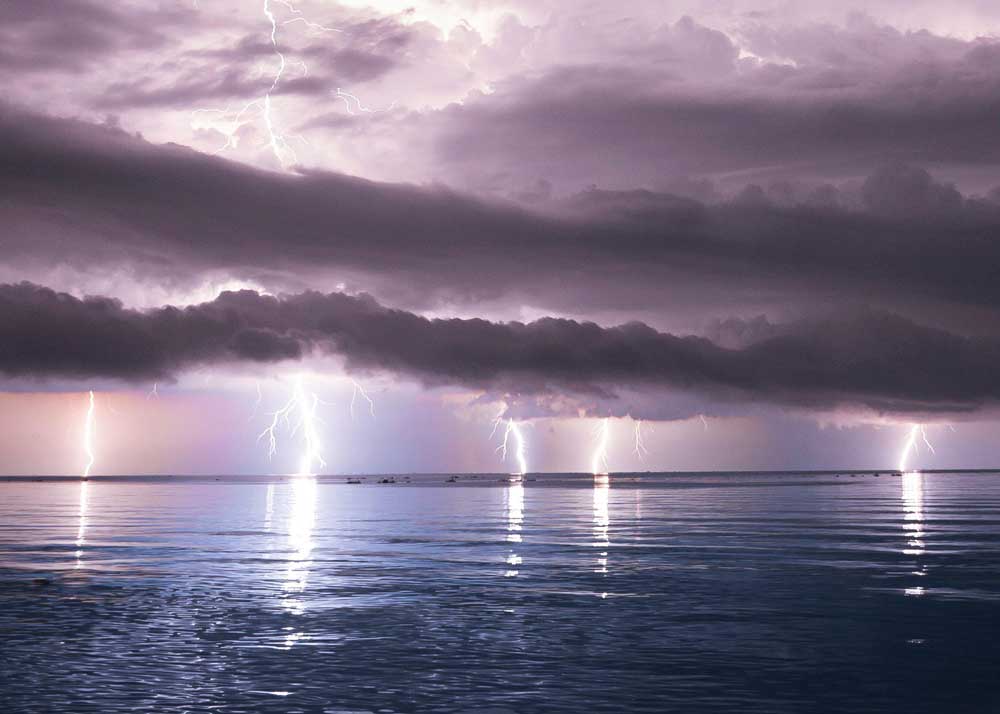
Lake Maracaibo: Lightning Capital of the World
Lake Maracaibo is the largest lake in South America. It is located in northwest Venezuela along the Andes Mountains.
Its unique geography causes cool mountain breezes to join with the warm humid air over the lake. The result is lightning storms, lots of them. But we’ll get more into the science later on.
The majority of the lightning occurs where The Catatumbo river enters Lake Maracaibo. Therefore, you may hear it referred to as Catatumbo Lightning.
How Much Lightning Does Lake Maracaibo Get?
According to a NASA study, Lake Maracaibo gets thunderstorms on an average of 297 nights of the year.
During one of these storms, lightning strikes the lake about 28 times a minute. Each storm may last for 8 to 10 hours.
That adds up to 1.2 million lightning bolts a year!
Each year, the area receives 602 bolts of lightning per square mile (233 bolts per square kilometer).
This includes cloud-to-land lightning, as well as cloud-to-cloud and intracloud. It truly is a spectacular show.
Lake Maracaibo holds the Guinness World Record for the place with the highest concentration of lightning.
How Powerful is Catatumbo Lightning?
To give you an idea of how powerful the lightning on Lake Maracaibo is, the locals refer to it as “the Lake of Fire” or the “Everlasting Storm.”
The sky lights up, illuminating the surrounding area as though it was daytime.
It is so bright, that the glowing produced by this lightning display can be observed from 250 miles (400 kilometers) away.
Another title for this display is “the Beacon of Maracaibo.” The reason for this is that the lightning in the area has served as a sort of natural lighthouse for centuries.
According to NASA, “Ten minutes of Catatumbo Lightning could illuminate all of South America.”
This beautiful display is not without danger. 20,000 fishermen live in tin shacks surrounding the lake. Lighting in this area strikes people three to four times more often than in the whole of the United States.
Catatumbo Lighting on Lake Maracaibo (Video)
Want to see what it’s like to be in Lake Maracaibo during a lightning storm?
Here is a great video by Jonas Piontek. The video below starts at 13:15, but the whole film is very good. If you have 20 minutes, it’s worth a watch.
Learn About Catatumbo Lightening
Here’s a visual explanation of Maracaibo lightning by SciShow.
When to Visit Lake Maracaibo
There are several companies that arrange tours of Lake Maracaibo. Those who have been on these tours describe it as “mystical,” “unreal,” and “the adventure of a lifetime.”
Lightning, in general, tends to occur in the afternoon over land. But Lake Maracaibo is special in that its lightning occurs at night over water.
Catumbo lightning is most active in September and October, and least active in January and February.
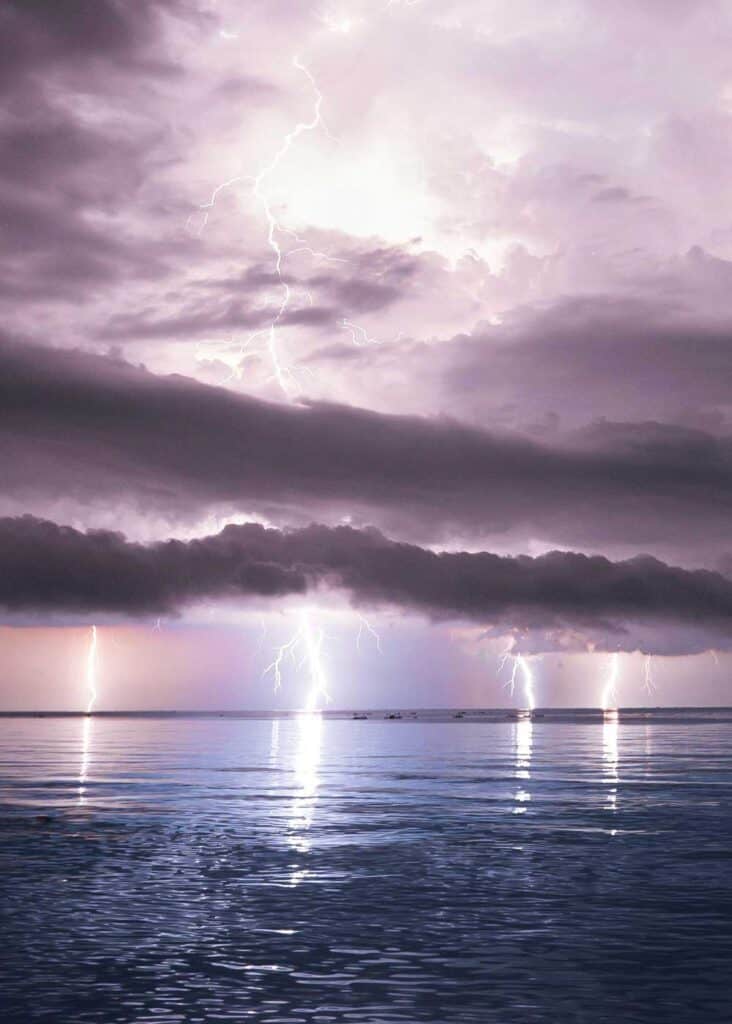
What else is Lake Maracaibo known for?
In addition to the awe-inspiring lightning at night, Lake Maracaibo offers beautiful flora and fauna to be seen during the day. The Andes mountains and surrounding jungle are home to jaguars, monkeys, river dolphins, birds, butterflies, and more.
Under the lake is one of the largest know oil and gas reserves in the world.
Unfortunately, many of the old underwater pipelines are now leaking, with detrimental effects on the lake and its inhabitants.
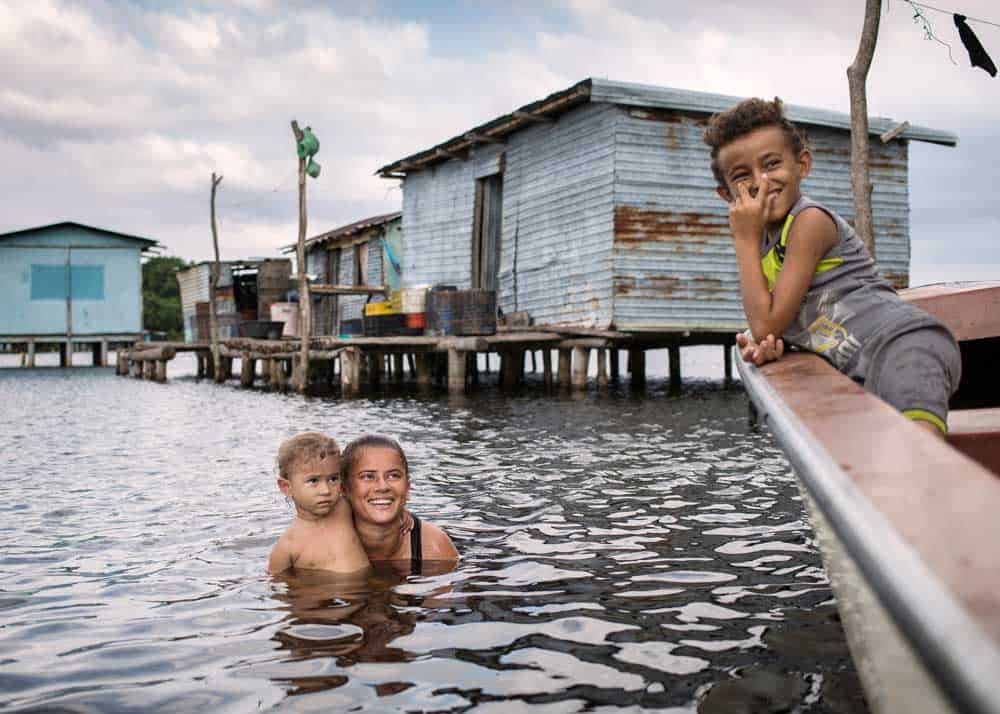
What Causes Lightning to Form?
Put simply, to create a lightning storm, you need two things: cold air and warm air.
- The cold air contains ice crystals. The moist warm air contains water droplets.
- Warm air rises causing the ice crystals and water droplets to bump into each other. This friction causes static electricity. The top of the cloud becomes positively charged, and the bottom becomes negatively charged.
- When the negative charge builds up enough, the cloud releases the energy as lightning. The surrounding air gets heated and spreads quickly, which we hear as thunder.
Geographically, a warm lake and a tall mountain combine to make excellent locations for lightning to occur. This is especially true in the tropics where the warm sun further heats the water.
- Lake Maracaibo is surrounded by mountains on three sides.
- The lightning hotspots in the Democratic Republic of Congo are by the Mitumba Mountains.
- Pakistan’s hotspot is by the Himalayas.
Map of Lake Maracaibo
In the map below, you can see how Lake Maracaibo. It is surrounded on three sides by mountains.
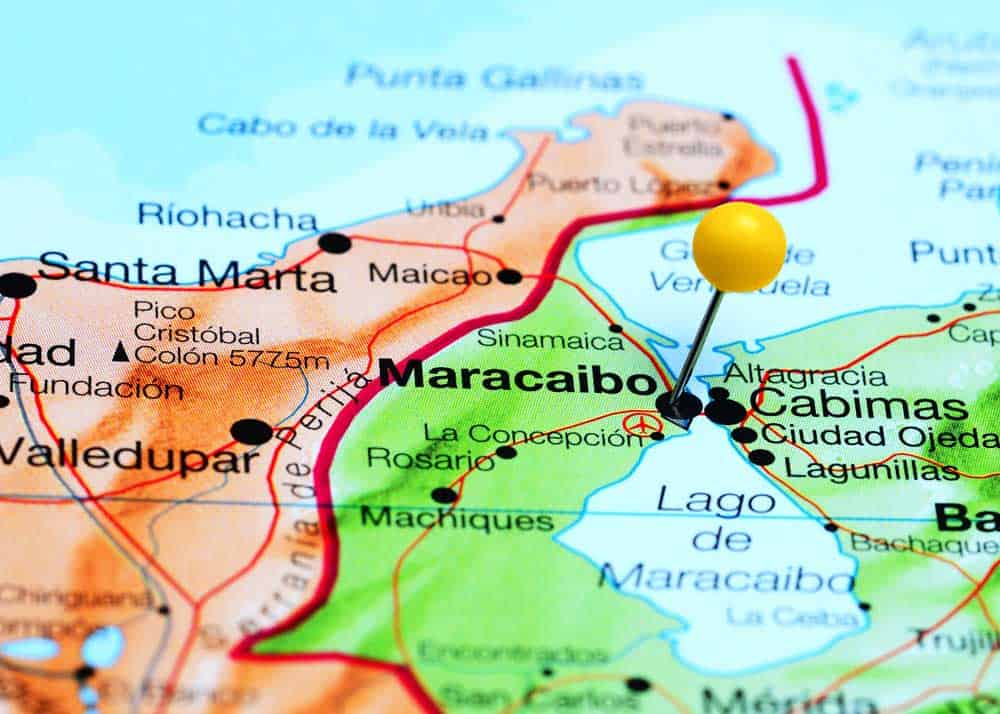
Learn more about the 12 longest rivers in South America.
Top 10 Lightning Hotspots in the World
| Rank | Location | Country | Continent | FRD (Flash Rate Density) Annual |
|---|---|---|---|---|
| 1 | Lake Maracaibo | Venezuela | South America | 602.23 mi2 (232.52 km2) |
| 2 | Kabare | Dem. Rep. Congo | Africa | 531.75 mi2 (205.31 km2) |
| 3 | Kampene | Dem. Rep. Congo | Africa | 457.58 mi2 (176.71 km2) |
| 4 | Cáceres | Colombia | South America | 446.23 mi2 (172.29 km2) |
| 5 | Sake | Dem. Rep. Congo | Africa | 370.91 mi2 (143.21 km2) |
| 6 | Daggar | Pakistan | Asia | 370.65 mi2 (143.11 km2) |
| 7 | El Tarra | Colombia | South America | 359.00 mi2 (138.61 km2) |
| 8 | Nguti | Cameroon | Africa | 335.61 mi2 (129.58 km2) |
| 9 | Butembo | Dem. Rep. Congo | Africa | 335.41 mi2 (129.50 km2) |
| 10 | Boende | Dem. Rep. Congo | Africa | 330.28 mi2 (127.52 km2) |
For the list of the top 500 lightning hotspots of the world, click here.
Africa is the continent with the most lightning hotspots, claiming 6 of the top 10 spots.
Asia is next, followed by South America, North America, and Australia.
What is the Lightning Capital of the United States?
According to NASA’s top 500 list, Orangetree, Florida is the lightning hotspot of the United States. It receives 205 lightning flashes per square mile (79 per square kilometer) each year.
That puts Florida as the number 122 lightning hotspot globally.
When it comes to which state is more lightning prone, the results vary.
In January of 2022, Vaisala published a study indicating that Oklahoma has surpassed Florida as the leading lightning state.
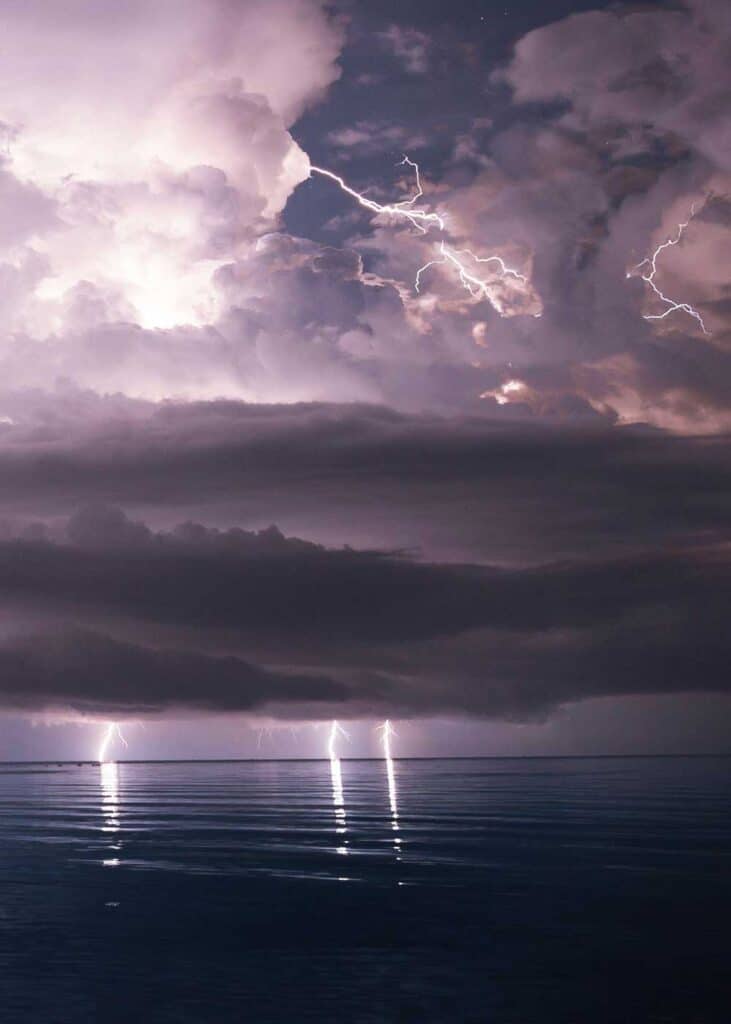
More reading: 16 Largest Rainforests in the Wold (Travelers Guide)
Your Turn:
Do you love a good lightning storm? Have you ever traveled to one of the top global lightning hotspots? Let me know in the comments below.

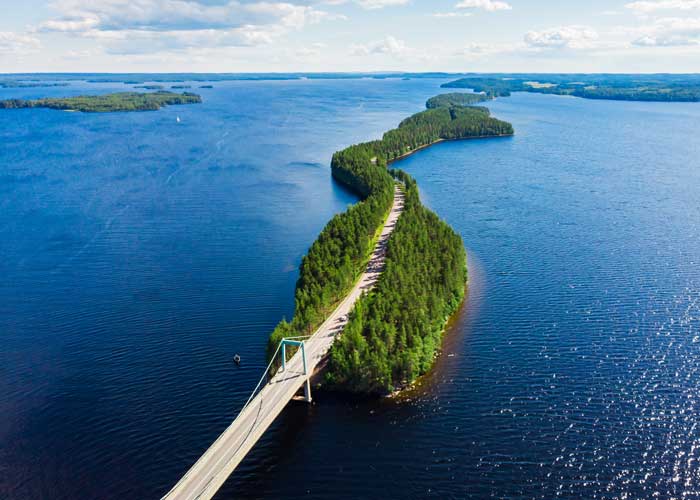
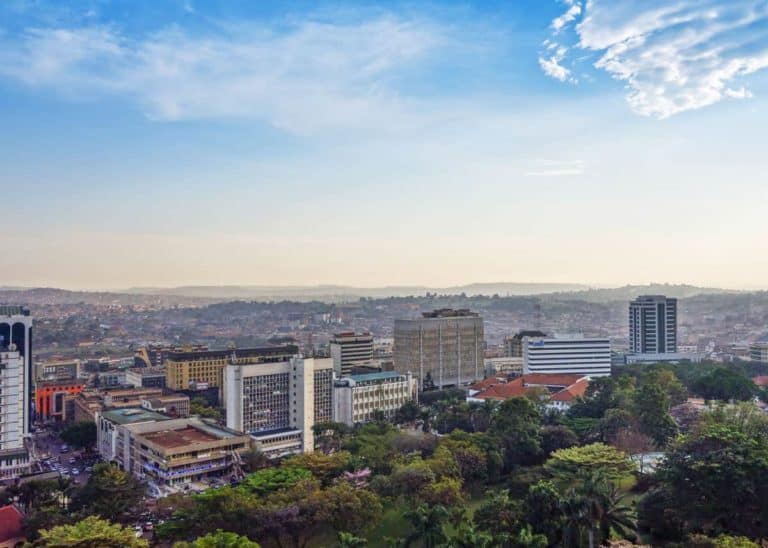
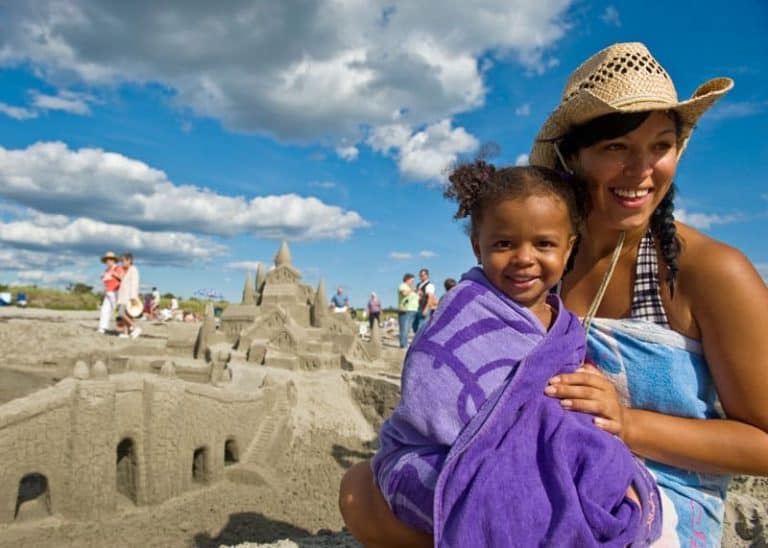
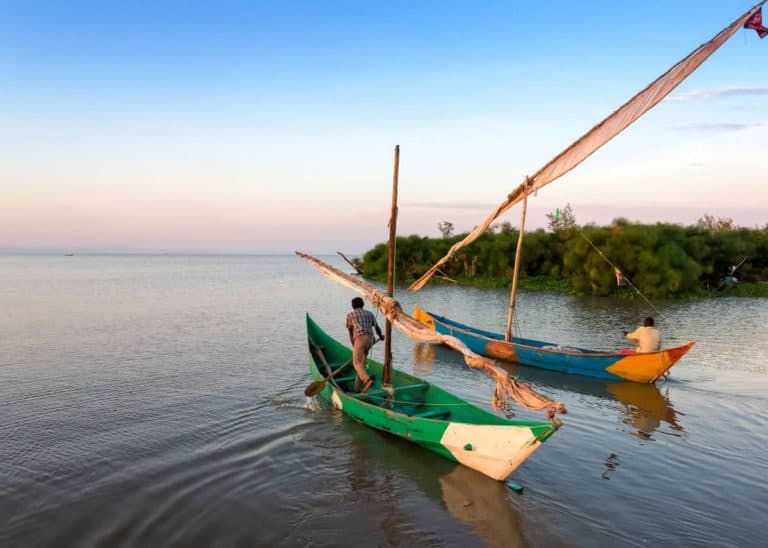
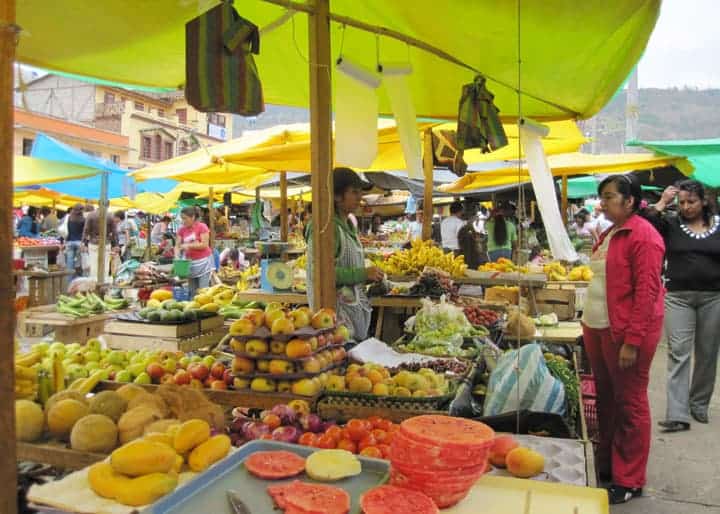
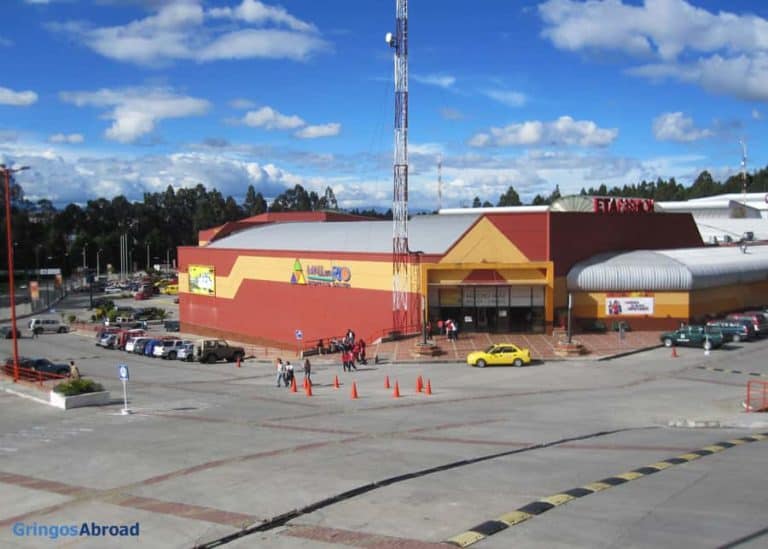
many years ago i was standing outside during a thunderstorm recording lightning strikes when a step leader from a bolt many miles away struck maybe twenty feet away from me…i do have the strike recorded and what is interesting about it apart from the fact that was was not stuck by it was that if you slowly advance the sequence frame by frame at one point you can see the lightning about mid way before the strike as a tangle of lines that resemble a dna fragment…and one other thing the strike was also completely silent during the event…needless to say i stepped back inside the house after this happened
My most intense lightning storm encounter was inflight Hong Kong-Auckland in June some years ago. Nighttime over the Philippines.
It was way more intense than equatorial areas in general. Impressive.
Watching a lightning storm from a plane is probably one of the most intense lightning experiences.